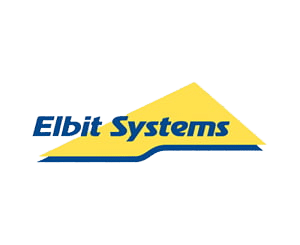Sital Technology (Founded in 1997) is a World Wide Leading Provider
Of Smart, Robust, and Reliable Communication Bus Solutions
For the Avionics, Aerospace, and Automotive Industries.
Sital Technology's Airborne Interface Cards and Testers, High-Reliability Components and State-Of-The-Art IP cores including our unique BC Firewall Solution
For MIL-STD-1553, EBR-1553, ARINC-429, ARINC-825, CAN and Space Grade IP
Are Trusted in 1,000's of Military, Aerospace and Automotive Applications.
Sital Technology Also Has The Fastest Time To Market 1553 Integration Solution !
SITAL Products Are Made In The U.S.A. To Adhere To ITAR Regulations And Strengthen The Supply Chain For Unparalleled Support and Delivery Times.
About Sital
Sital’s mission is to provide safe & secure DataBus Communication Solutions.
Our worldwide customers rely on Sital’s novelty to resolve the most challenging DataBus problems while optimizing production, quality, and cost.
Sital offers the best-in-class IP cores for 1553 and specializes in integrated FPGA solutions. Our IP cores can work with any FPGA and are designed for accelerated processing. They are highly parallelized, allowing for multiple operations to be executed simultaneously. Our IP cores’ high compliance and efficient FPGA integration make Sital’s FPGA solutions the fastest in the market.


Safe and Secure
Sital’s cutting-edge, innovative “SnS” Technology is designed for IP Core’s physical layer. We supply our products with DO-254 and DO-178 certifiability, including DAL A. Our partners: Logicircuit and ConsuNova provide the DO-254 and DO-178 artifacts. Through enhanced physical layer monitoring, the patented “SnS” analyzes all DataBus messages and provides 2 unique capabilities:



























